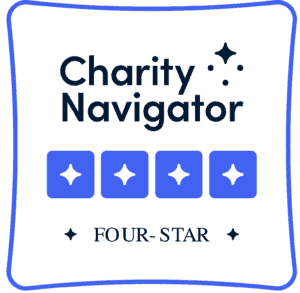How much is clean water worth to you?
Some of its benefits are incalculable – can you really put a dollar value on good health, a memorable fishing trip, or a babbling brook? But this week, the Chesapeake Bay Foundation tried. They looked at eight natural benefits that would be enhanced if the Chesapeake Clean Water Blueprint is fully implemented, and then compared those benefits with levels expected without the Blueprint. Their conclusion? Implementing the plan would generate an additional $22.5 billion each year in benefits over current levels, and more than $28 billion more than if the plan isn’t implemented.
Perhaps more surprising – and most interesting to those who live in the Shenandoah and Potomac Valleys — is where those benefits come from. Most of the added benefits emerge from upstream land uses rather than the open waters of the bay and its tributaries. Forests in particular provide more than half the added benefit. Why? Well for one thing, much of the watershed is forested. For another, forests provide a slew of natural benefits that typically aren’t calculated in ledger sheets or development plans but are real nonetheless. Those benefits include filtering drinking water, reducing flooding, providing great recreational opportunities, and boosting the aesthetic value of an area.
So how does this all work? The Clean Water Blueprint outlines a “pollution diet” that each state in the watershed has agreed to implement to meet water quality goals throughout the region. Each state develops plans and works with communities to implement best management practices across different types of land use to reduce pollution entering waterways. So farmers might fence livestock out of streams, plant cover crops, and practice no-till farming. Urban and suburban areas might install stormwater systems that filter polluted runoff and upgrade sewage treatment systems. Planners and developers might preserve open space such as forests, and restore wetlands to prevent new development from increasing pollution levels.
The result is less polluted waterways. But those practices have tangible benefits beyond lowering pollution. Think of it as conservation karma: each action that improves water quality triggers additional benefits. For example, conservation tillage and cover crops not only reduce polluted runoff, but can enhance crop production by retaining soil moisture and organic matter. Forests store and filter water, but can also enhance property values by making an area a more beautiful place to live. When best management practices lower pollution and sediment levels, water treatment costs decline and fish catches rise.
When you add all the pieces up, Virginia gains $8.3 billion in additional natural benefits from the Blueprint, West Virginia gains $1.3 billion, and Maryland $4.6 billion. The other watershed states (Pennsylvania, Delaware, New York) and the District of Columbia realize the remaining gains. Note that these benefits are on top of the obvious economic benefits that people routinely recognize – the goods and services produced by millions of people working and living across portions of six states. And they’re on top of the current levels of natural benefits – in the form of climate stability, air pollution treatment, waste treatment, water flow regulation and supply, recreation, aesthetics and food production — the watershed already provides. Those benefits totaled $107.2 billion in 2009. Rather, the gains reflect the additional value of managing landscapes in a way that meets the Blueprint’s goals while enhancing all those benefits.
And if we don’t manage our landscapes in this way? We actually lose value. The report predicts that if the Blueprint is abandoned, the value of natural benefits in the watershed would decline by $5.6 billion over the coming decade — and even more beyond that – as a growing human population degrades natural systems further.
Pretty enlightening.
You might eventually decide that the nirvana of clean water is priceless to you. But in the meantime, at least you know it’s worth billions.
![http://www.ForestWander.com [CC-BY-SA-3.0-us (http://creativecommons.org/licenses/by-sa/3.0/us/deed.en)], via Wikimedia Commons](https://thedownstreamproject.org/wp-content/uploads/2014/10/Wv-hawksnest-stream-spring_-_West_Virginia_-_ForestWander-300x200.jpg)

